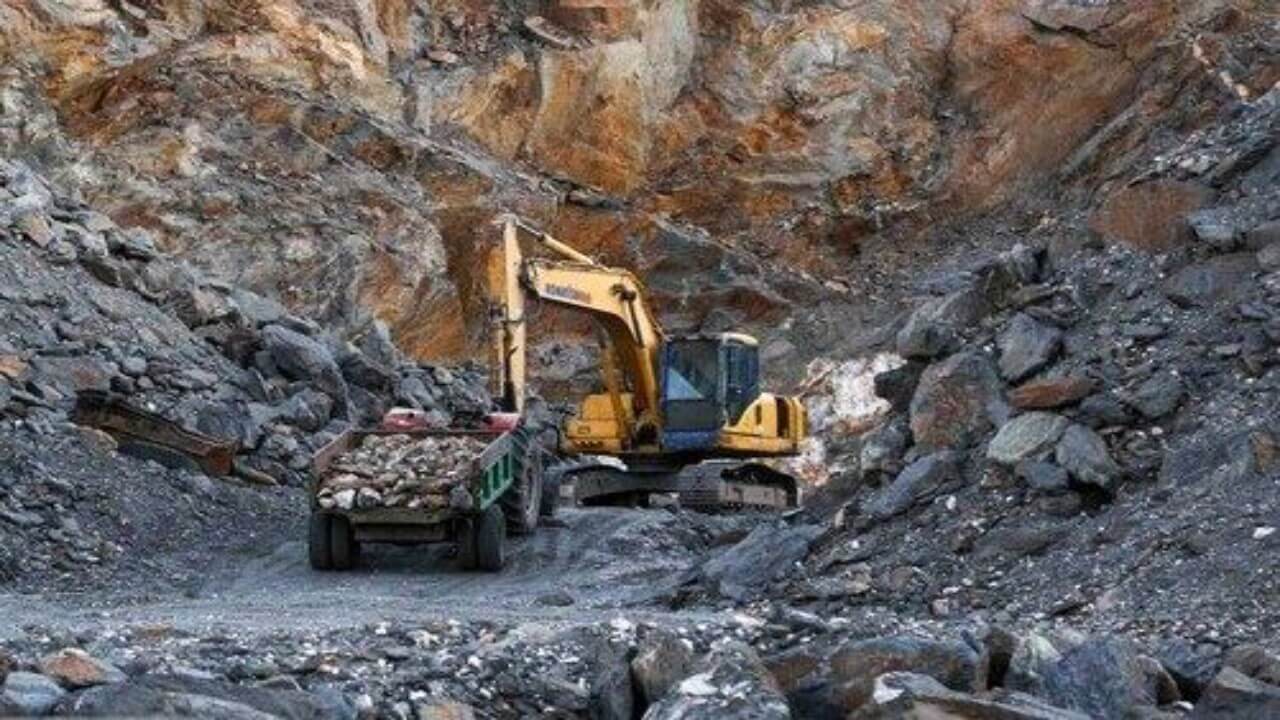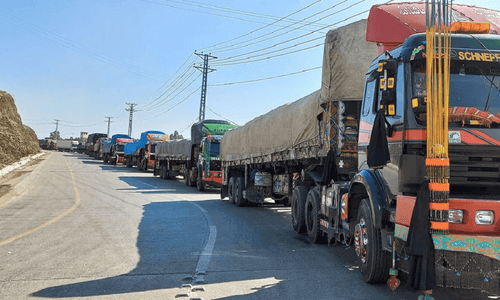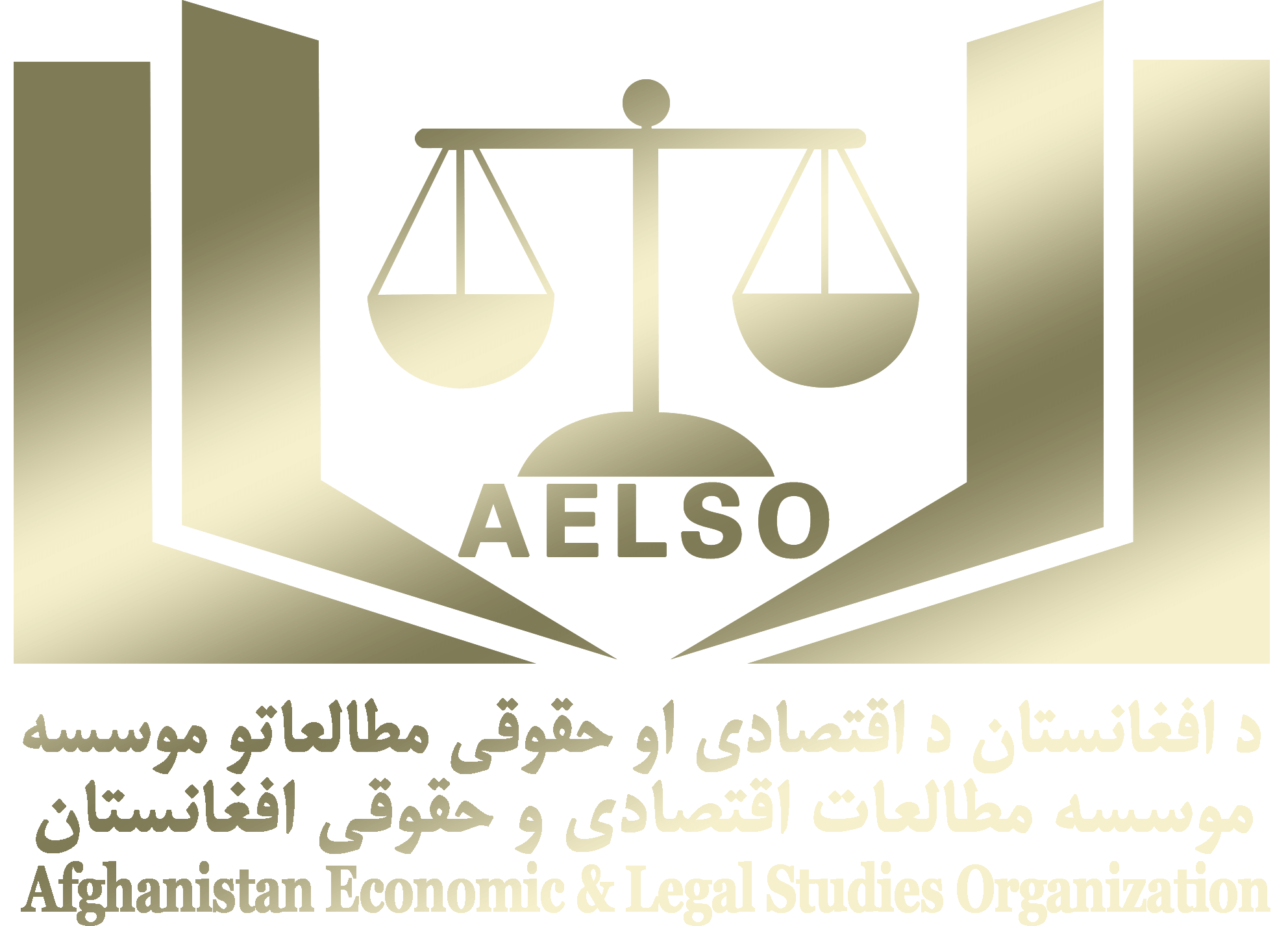
Afghanistan Economic Outlook
November 2024

Afghanistan Economic Outlook, is a creative initiative of the Afghanistan Economic and Legal Studies Organization (AELSO) which reflects most important & the latest economic events that happened during a month in Afghanistan.
By reading this economic newsletter, that has designed in three languages (Pashto, Dari & English), you can get a wider overview of Afghanistan’s economic situation.
De Facto Government of Afghanistan Invests 415 Billion Afs in Mining
 The office of the Deputy Prime Minister for Economic Affairs in a statement said that 415 billion afghani have been invested in the exploration, extraction, and processing of 21 major mines in Afghanistan.
The office of the Deputy Prime Minister for Economic Affairs in a statement said that 415 billion afghani have been invested in the exploration, extraction, and processing of 21 major mines in Afghanistan.
These mines include gold, iron, ruby, chromite, cement, coal, lead, and zinc, most of which are located in the provinces of Ghor, Herat, Kabul, Takhar, Baghlan, Parwan, and Kandahar.
The office of the Deputy PM for Economic Affairs stressed that the de facto government prioritizes standardized investments in mining.
Hamdullah Fitrat, the deputy spokesperson for the government, said: “For almost three years, the work on the exploration, extraction, and processing of 21 mines has been ongoing at a cost of about 415 billion afghani. These mines are located in Herat, Ghor, Kandahar, Takhar, Baghlan, Kabul, and Parwan provinces. The mines include gold, chromite, coal, lead and zinc, cement, and ruby.”
Meanwhile, some experts believe that the proper utilization of Afghanistan’s mines is crucial for the country’s economic growth and development, as well as for providing employment opportunities for its citizens. They emphasize the need for more facilities to be made available to investors.
“If systems for processing precious stones are installed in Afghanistan, they could play a role in improving the economy and reducing unemployment in the future,” Ismail Zadran, an economic analyst, told media.
“To this end, more facilities must be provided. Firstly, there is the issue of security, which, thanks to God, is not a concern in Afghanistan. Secondly, international trade regulations must be established, as Afghanistan currently relies on international donors,” said Shams Rahman Ahmadzai, another economic analyst.
The statement from the office of the Economic deputy PM added that, based on preliminary assessments, Afghanistan has natural reserves worth three trillion dollars. Geological and geophysical studies on several other major mines have also been completed, and work is ongoing to allocate these mines to bidders.
Large Shipment of Imported Goods from China Arrives in Hairatan
 A large shipment of goods belonging to Afghan traders arrived directly in Hairatan port from China
A large shipment of goods belonging to Afghan traders arrived directly in Hairatan port from China
Acting Minister of Industry and Commerce Nooruddin Azizi stated at an event held in Hairatan to mark the occasion that these goods passed through Kazakhstan and Uzbekistan, reaching Afghanistan after 20 days.
Azizi pledged continued efforts to provide more facilities for exporting domestic goods, adding that this train will soon transport Afghan export goods to China.
The acting minister added: “The shipment that arrived in Afghanistan from China today departed from eastern China and reached Afghanistan in 20 days. Most of the goods in this shipment are textiles, which are widely used by the Afghan people.”
This shipment of commercial goods entered the country in 55 wagons.
The acting minister further mentioned that this route has been reactivated after some time and efforts are ongoing to facilitate the transportation of domestic goods via this route to China and then to Europe.
Fattaev Jafar Rahmanovich, Uzbekistan’s Consul General in Mazar-e-Sharif, stated at the event: “Hairatan is a port unlike any other in Central Asia. We must make good use of this port.”
Several traders and officials from the Chambers of Commerce, Investment, Industry and Mines of Balkh consider the reactivation of this route important in reducing costs and expediting exports.
Imamuddin Sanayizada, Head of the Balkh Chamber of Industry and Mines, said regarding the use of such corridors: “For exports, we must utilize these corridors to export our goods in an easier and cheaper way.”
Qalandar Rahimi, one of the traders, stated: “From now on, shipments will arrive in Afghanistan via railway from China, which is significant in reducing transportation costs.”
The acting Minister of Industry and Commerce also added that the de facto government is striving to increase the country’s exports. According to Nooruddin Azizi, Afghanistan’s export volume has increased from $850 million to $2 billion in the current solar year.
40,000 Carats of Emeralds Sold in 12 Auctions Over Eight Months
 The Ministry of Mines and Petroleum reports that since the beginning of 1403 (solar year), 40,000 carats of emeralds worth over $1.8 million have been sold through 12 bidding processes.
The Ministry of Mines and Petroleum reports that since the beginning of 1403 (solar year), 40,000 carats of emeralds worth over $1.8 million have been sold through 12 bidding processes.
Hamayoon Afghan, the ministry’s spokesperson, assured the transparency of the bidding process, stating: “Since the start of 1403, 40,000 carats of emeralds, legally extracted, have been sold through 12 auctions. The total value of these emeralds is approximately $1.85 million.”
The Afghanistan Chamber of Commerce and Investment, emphasizing the importance of Afghan emeralds, has proposed the establishment of domestic and international markets for the sale and processing of this precious stone.
Jan Aqa Naveed, the chamber’s spokesperson, remarked: “Afghan emeralds are globally renowned gemstones, particularly abundant in Panjshir. We recommend creating markets for their purchase, sale, processing, and packaging within Afghanistan to preserve the country’s name on this product.”
Meanwhile, economic experts stress the need for professional extraction and processing of Afghanistan’s mineral resources.
Abdul Zahoor Madaber, an economic analyst, stated: “Afghanistan is extremely rich in mineral resources and gemstones. Proper extraction and processing would increase employment and benefit the Afghan people.”
According to the Ministry of Mines and Petroleum, 600 licenses for emerald mining have been issued so far, providing jobs for approximately 16,000 people
Afghanistan exports over 10,000 tons of stone to Iran in eight months
 Afghanistan has exported 10,285 tons of stone to Iran over the past eight months, reflecting a 100 percent increase in imports of such materials, an Iranian official reported.
Afghanistan has exported 10,285 tons of stone to Iran over the past eight months, reflecting a 100 percent increase in imports of such materials, an Iranian official reported.
Mehdi Shirdel, governor of Taybad district in Iran’s Razavi Khorasan Province, said the shipments were facilitated through the Dogharoon border customs since the beginning of the current Iranian solar year on March 22, 2024.
According to Iranian media, the exported stones, valued at more than $3.1 million, originated in Afghanistan’s Bamyan Province and were transported via Herat before entering Iran. Each truck carrying the stones reportedly had a loading capacity of 24 tons, Shirdel said.
In a related development, nearly 2 million tons of goods were traded through customs terminals and border markets in Iran’s Sistan and Baluchestan Province during the same eight-month period, according to a report by the Iranian news agency Mehran.
Ayoub Kord, head of the Road and Transportation Department of Sistan and Baluchestan, stated on Sunday that 1,998,553 tons of goods were traded between March 20 and November 20, 2024.
The report highlighted two major border crossings facilitating this trade.
Mirjaveh border crossing: Located on the Iran-Pakistan border, this crossing serves as a critical link for goods moving between the two countries.
Milak border terminal: Situated near Helmand city, this crossing connects Iran with Afghanistan’s Nimruz Province.
These border points play a pivotal role in fostering regional trade, enabling the flow of a wide range of goods, from agricultural products to industrial materials, and bolstering economic ties between Iran and its neighbors.
Trade volume between Kabul Tehran has reached over $1.8 billion: MoIC
 Ministry of Industry and Commerce (MoIC) says the trade volume between Afghanistan and Iran has reached more than $1.8 billion over the past seven months of 1403 [solar year].
Ministry of Industry and Commerce (MoIC) says the trade volume between Afghanistan and Iran has reached more than $1.8 billion over the past seven months of 1403 [solar year].
The ministry’s spokesman Abdulsalam Jawad Akhundzada said these trades include oil and non-oil goods.
According to Jawad , trade and transit with Iran is expanding.
Afghanistan’s trade with Iran during the seven months of 1403 was worth $1 billion 827 million dollars, of which 30 million dollars were exports and $1 billion 797 million dollars were imports,” said Akhundzada
“Most of the major export goods are mineral stones, raisins, all kinds of soft drinks and sesame seeds, and the main import items are diesel fuel, petrol, raw materials for manufacturing, liquid gas and cement,” he added.
Meanwhile, Iranian officials also stated that since the beginning of this year, the export of non-oil goods to Afghanistan has increased to 1.3 billion dollars.
Tehran Times newspaper quoted the Iranian customs officials and reported that Afghanistan was Iran’s fifth largest importer of non-oil products in the last seven months.
Mullah Baradar inaugurates a blanket factory in Kabul
 Mullah Abdul Ghani Baradar, the economic deputy prime minister, on Sunday inaugurated a blanket factory in Pul-e-Charkhi industrial area in Kabul city.
Mullah Abdul Ghani Baradar, the economic deputy prime minister, on Sunday inaugurated a blanket factory in Pul-e-Charkhi industrial area in Kabul city.
Speaking at the inauguration ceremony, Baradar said that with the provision of overall security in the country and the reduction of corruption, a favorable environment for medium and small investments has been created.
He added that the de facto government continues to support domestic industries by implementing effective import substitution policies, which plays an important role in strengthening the country’s national economy.
Baradar stated that in order to support domestic industries, heavy-duty machines worth 100 million afghanis ($1.4 million) were purchased for the newly established blanket factory based on the Islamic Murabaha Islamic financing structure.
Murabaha is a sales contract where the buyer and seller agree on the markup or “cost-plus” price for the item being sold.
Baradar also mentioned that the de facto government seeks to reduce dependence on foreign imports by increasing the level of investment.
He called businessmen and investors to invest inside Afghanistan for the economic growth of the country.
According to Baradar’s office, the newly established blanket factory uses domestically sourced raw materials including wool and cotton, which will help increase job opportunities in addition to strengthening the livestock and agriculture sector.
About 930 million afghanis has been invested in the factory and it currently has the capacity to produce 1,000 blankets per day.
The factory has employed about 900 people.
Recent Afghanistan Economic Outlook
Join to our Newsletter

Advancing the Ideas for a Peaceful and Prosperous Afghanistan
© 2024 Copyright Afghanistan Economic & Legal Studies Organization.